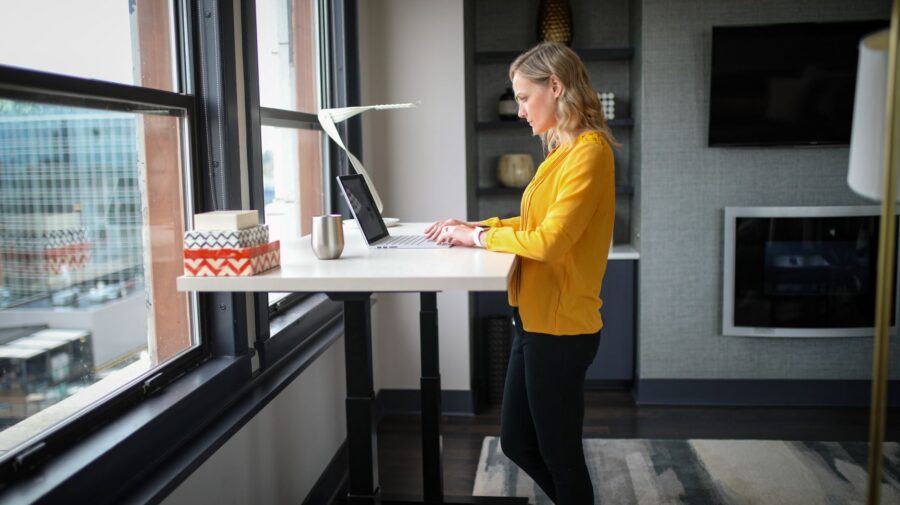Prioritising ergonomics for a safer more efficient workplace
Each year, British (and global) industries suffer significant setbacks due to health issues stemming from work-related activities. A considerable portion of these unfortunate incidents can be attributed to insufficient foresight and workplace considerations.
Ergonomics is the scientific focus on safe interaction between individuals and their work environments. With a strong emphasis on our eyes, backs, joints, and muscles, the ultimate goal of ergonomics is to ensure that tasks, tools, information, and surroundings seamlessly align with every employee, thereby guaranteeing not only their safety but also optimising their performance.
Prolonged exposure to poor ergonomics can lead to a wide range of physical issues, including musculoskeletal disorders (such as carpal tunnel syndrome), lower back pain, and repetitive strain injuries. By creating an ergonomic workspace, staff can help reduce the risk of these ailments, ultimately leading to a healthier workforce and fewer workplace injuries.
Poor ergonomics can cause employees to take more sick days, putting a financial and human strain on their business. By investing in ergonomic solutions, companies can reduce absenteeism rates, saving both time and money. What’s more, an especially important consideration for employers is the workplace regulations that many countries require. Non-compliance with ergonomic standards can lead to legal issues and fines.
Ergonomics is not only about preventing discomfort or injuries, but also about optimising performance. When employees are comfortable and supported by their workspace, they can better focus on their tasks and perform them more effectively, which in turn will result in a more efficient and profitable business.
Here are our top tips to mitigate physical and mental strain in your office:
Workspace assessments
Desk – Choose a desk with ample space for work materials and proper height for comfortable typing and writing.
Chair – Select an adjustable ergonomic chair with good lumbar support and armrests.
Monitor – Position the monitor at eye level, directly in front of you, and at a comfortable viewing distance.
Peripherals – Keep them at a height that allows your elbows to be relaxed and close to your body.
Sitting posture
Sit with your back against the chair and your feet flat on the floor. Relax your shoulders and keep your waist and forearms straight and parallel to the floor. Keep your knees at a 90-degree angle and your thighs parallel to the ground.
Screen and keyboard
Screen – Position the top of your screen at eye level to avoid straining your neck
Keyboard – Place the keyboard directly in front of you, allowing your elbows to be relaxed at your sides
Mouse – Keep the mouse close to the keyboard and at the same level to avoid reaching or straining
Take breaks
Take short breaks every hour to stand up, stretch and move around. Perform simple stretches for your neck, shoulders, wrists, and back to alleviate muscle tension.
Workplace ergonomics is a crucial aspect of modern work environments. Prioritising ergonomics can lead to a healthier, happier, and more productive workforce, benefiting both employees and employers alike. By investing in ergonomic solutions and creating ergonomic awareness, organisations can create an environment where employees thrive and contribute their best efforts.
Furthermore, every employer has a duty of care to their employees, whether they work in the office or remotely. It is the employer’s responsibility to ensure their staff have access to all the technology and stationery they need to do their job. This means employees should be able to ask their employer to provide the furniture they need to work from home (when appropriate) just as efficiently as they would in the office, such as a desk, an ergonomic desk chair, and a computer (if necessary) with the right accessories to work safely and efficiently.
